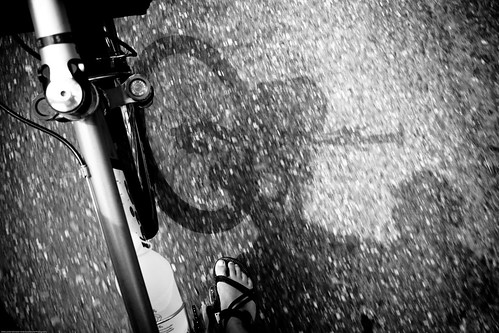
Location: 35 15 40.9 S 174 7 33.7 E
Here is the first bit of news: After two weeks and three internet cafes, I have finally downloaded and watched the CSI season premiere. Call it persistence or call it obsession; I’m not ashamed to say that I feel some accomplishment in getting it done. Now I know that I’m still two weeks behind, but you have to start somewhere…
We spent another day in Russell. The rain finally came last evening, but cleared by morning. There was a beautiful rainbow above the bay during breakfast. We decided to move out to the campground and back into the tent. The budget needs some help right now.
After breakfast we took the ferry back to Paihia and walked to the Waitangi Treaty Grounds. As I mentioned the other day, it is the location where the Waitangi Treaty was signed in 1840. Basically, the Treaty allowed New Zealand to become a sovereign (independent) nation where Maoris and non-Maoris could work and live together as one. Before the Treaty, there was a lot of chaos in the land they called Aotearoa. The Maori tribes were fighting amongst themselves and more conflicts arose as the Europeans began to discover the area. Russell, for instance, was known as the “hell hole of the Pacific” in the early 1800s. In an effort to bring peace and protection and to avoid governance by other European nations, the British drafted a treaty that would protect the Maori and give them equal rights as citizens under the British Empire. After great debate amongst the Maori tribes, the Treaty of Waitangi was signed on February 6, 1840. The Treaty then traveled the country and many other Maori chiefs added their signatures. Some parts of the Treaty are still debated to this day, but as a whole, the document essentially created the nation of New Zealand.
The Treaty Grounds were very nice and hold some interesting buildings and artifacts related to the history that took place there. We visited the original house that was used by British officials, a Maori meeting house, and building that housed a traditional Maori war canoe. The canoe, “waka” in Maori, was 35 meters long and requires a minimum of 76 people to paddle the boat safely.
We’re really glad we took the time to visit and get a foundation for how the nation of New Zealand began.
LK


No comments:
Post a Comment